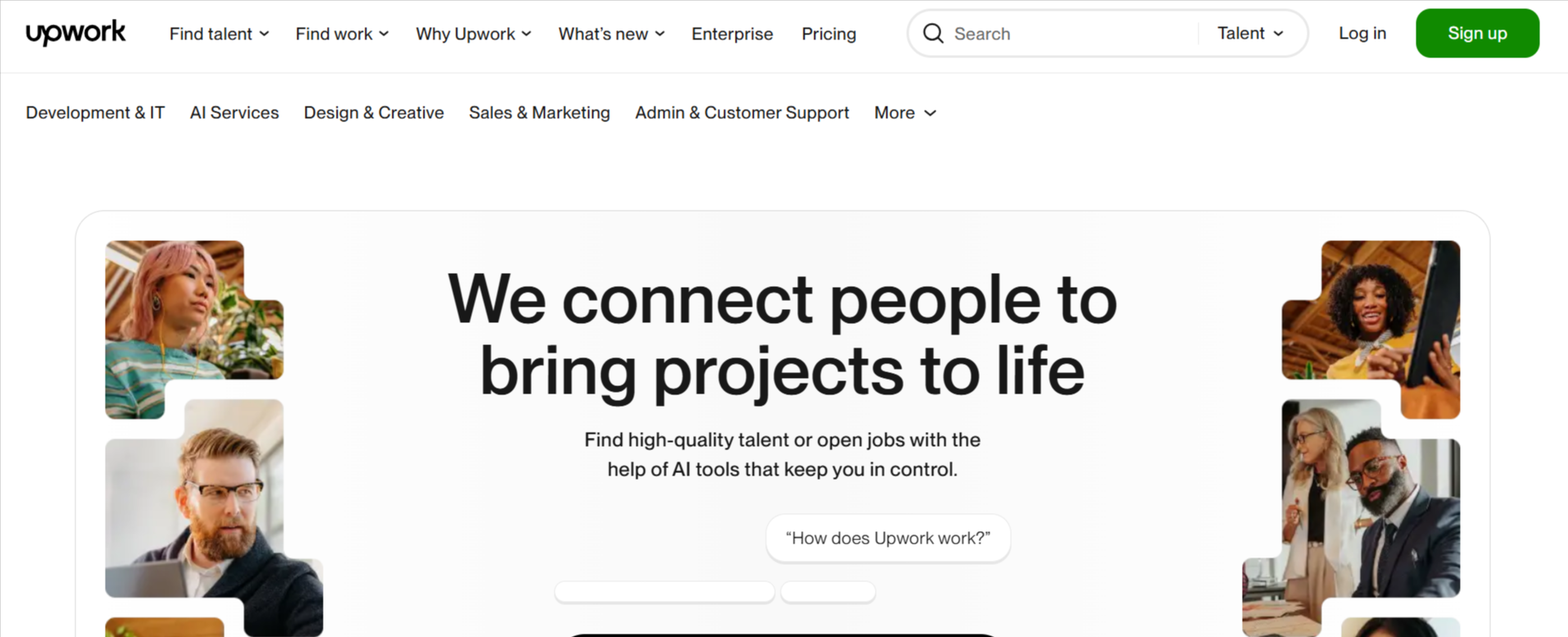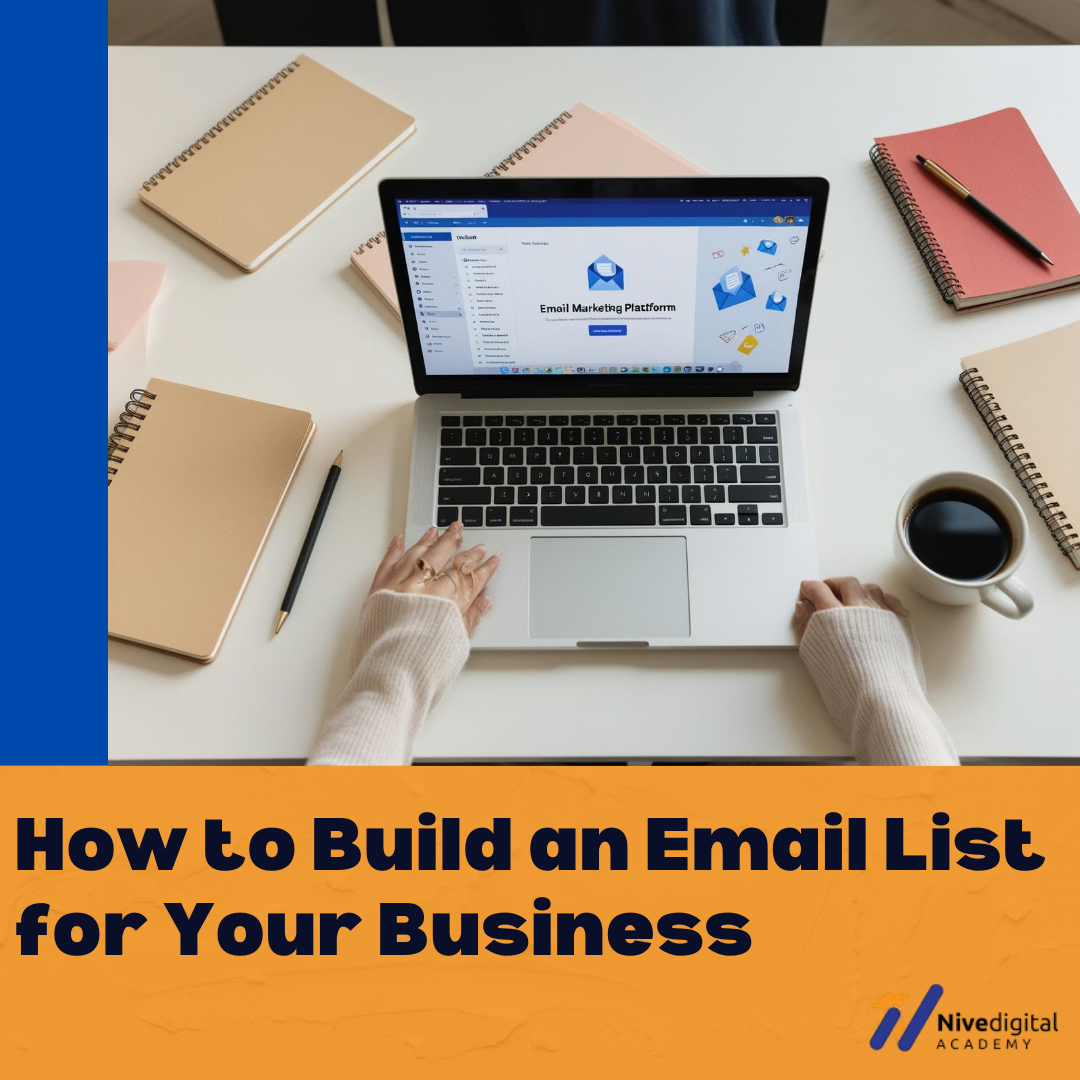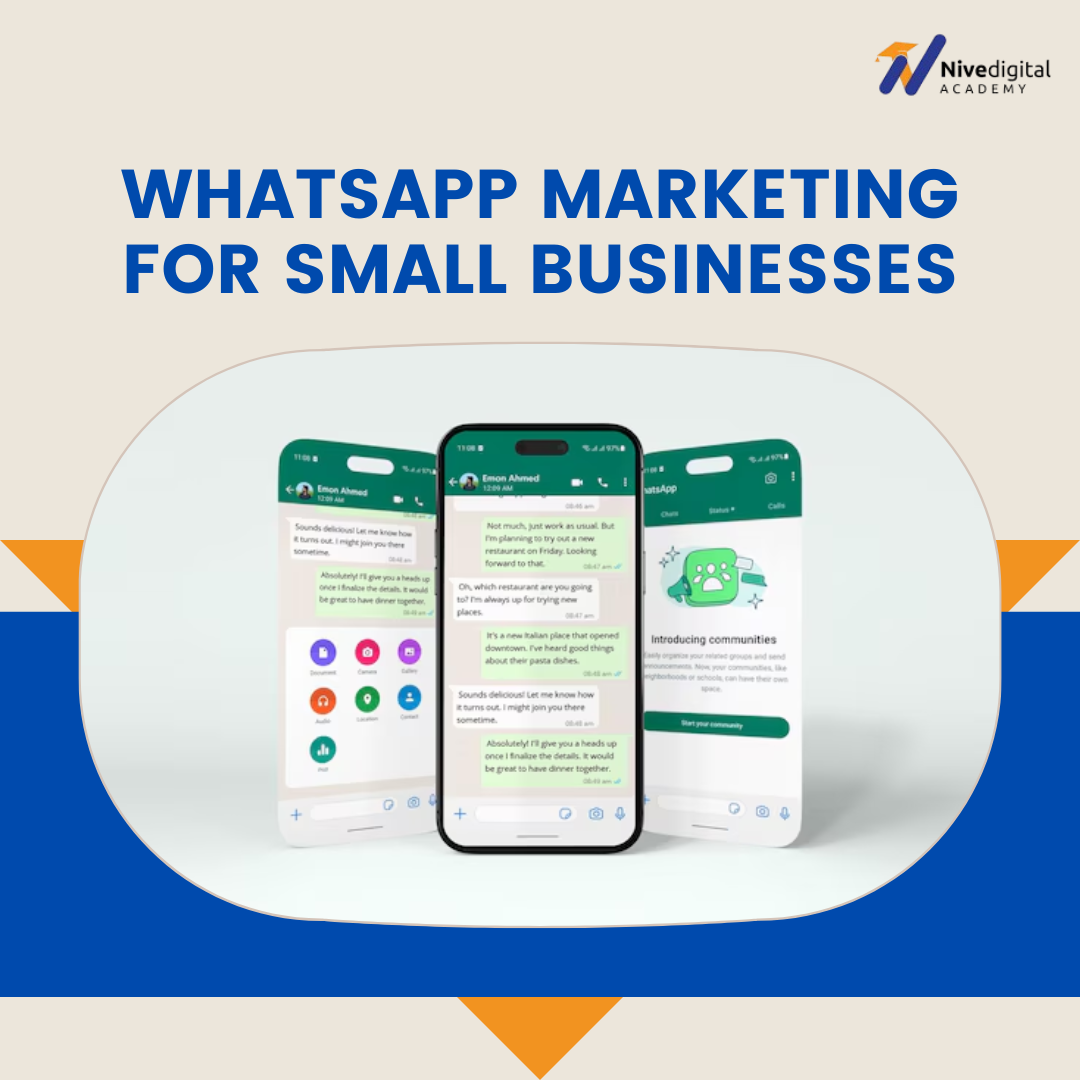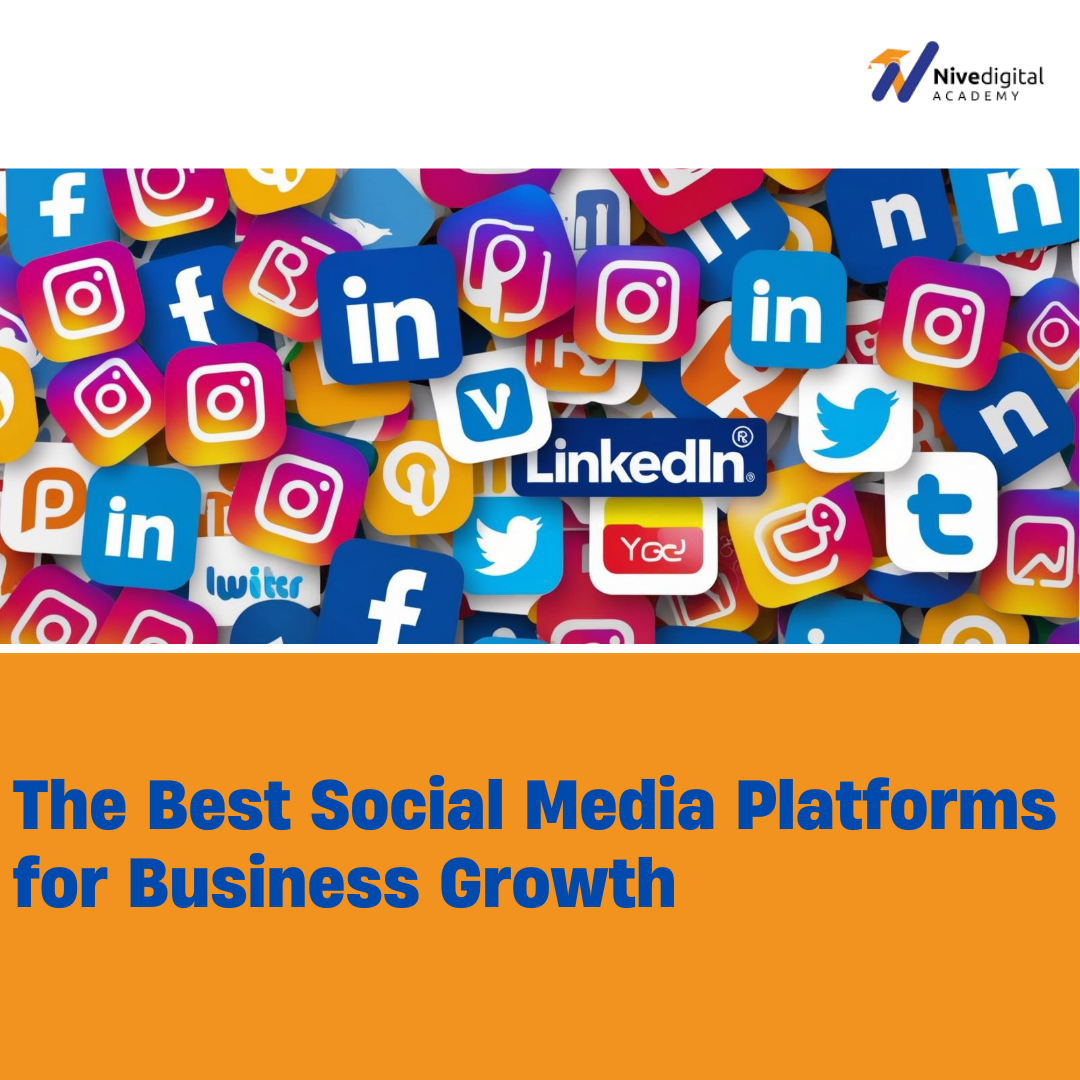Digital marketing is one of the most lucrative ways to earn money in Nigeria today. With over 100 million internet users and a rapidly growing online economy, businesses and individuals are leveraging digital strategies to boost sales, increase visibility, and generate income. Why Digital Marketing is Profitable in Nigeria If you’re looking for proven ways to make money with digital marketing in Nigeria, here are 15 highly effective methods to get started. 1. Start a Digital Marketing Agency One of the most profitable ways to make money with digital marketing is by offering digital marketing services to businesses. Many Nigerian companies need help with online marketing but lack the expertise. Steps to Start Your Agency: Services You Can Offer: ✔ Social Media Management✔ Search Engine Optimization (SEO)✔ Email Marketing✔ Pay-Per-Click (PPC) Advertising 2. Offer Social Media Management Services Many businesses in Nigeria struggle to maintain a strong social media presence. If you’re skilled in managing Facebook, Instagram, or Twitter, you can help brands grow their audience and increase engagement. How to Monetize Social Media Management: Best Platforms to Manage: ✔ Facebook✔ Instagram✔ Twitter✔ LinkedIn 3. Make Money With Affiliate Marketing Affiliate marketing is a great passive income stream where you earn commissions by promoting products or services. How Affiliate Marketing Works: Tips for Success: ✔ Focus on a niche (Tech, Fashion, Finance, etc.).✔ Use SEO and content marketing to drive organic traffic.✔ Leverage social media to promote your links. 4. Start a Blog and Monetize It Blogging is one of the best ways to earn passive income through digital marketing. If you create valuable content, you can attract traffic and monetize your blog. How to Make Money from Blogging: Steps to Start a Profitable Blog: ✔ Choose a niche (Real Estate, Health, Tech, Finance, etc.).✔ Set up a blog on WordPress or Blogger.✔ Publish high-quality SEO-optimized content.✔ Promote your blog through social media and email marketing. 5. Sell Your Freelance Digital Marketing Services Freelancing allows you to earn money by offering your digital marketing skills on platforms like Upwork, Fiverr, and LinkedIn. In-Demand Freelance Services: ✔ SEO Consulting✔ Email Marketing✔ Facebook & Google Ads Management✔ Copywriting & Content Creation How to Get Started: If you’re an expert in any digital marketing field, you can create and sell online courses or digital products. What You Can Sell: ✔ Online courses (SEO, social media marketing, email marketing, etc.)✔ E-books (How to start a blog, how to rank on Google, etc.)✔ Templates & Checklists (Social media calendars, SEO checklists) Platforms to Sell Digital Products: ✔ Udemy✔ Teachable✔ Selar✔ Gumroad How to Succeed: 7. Become an Influencer and Earn from Brand Deals Influencer marketing is booming in Nigeria. If you can grow a loyal audience, brands will pay you to promote their products. How to Become a Profitable Influencer: ✔ Choose a niche (Fashion, Tech, Finance, Beauty, Fitness, etc.).✔ Create high-quality content and engage with your audience.✔ Grow your following on Instagram, YouTube, or TikTok.✔ Reach out to brands for partnerships and sponsored posts. Ways to Monetize as an Influencer: 8. Start a YouTube Channel and Monetize It YouTube is one of the best ways to earn money through digital marketing in Nigeria. With millions of Nigerians consuming video content daily, there’s a massive opportunity to generate revenue. How to Make Money on YouTube: ✔ YouTube Ad Revenue – Earn through Google AdSense once you hit 1,000 subscribers and 4,000 watch hours.✔ Affiliate Marketing – Promote products and earn commissions.✔ Sponsored Content – Get paid by brands to review or promote their products.✔ Sell Digital Products – Offer online courses, templates, or coaching services. Tips for Success: 9. Offer SEO (Search Engine Optimization) Services SEO is one of the most in-demand digital marketing skills in Nigeria. Businesses need SEO experts to help them rank on Google, increase traffic, and generate sales. How to Make Money with SEO Services: ✔ Freelancing – Offer SEO services on Upwork, Fiverr, or LinkedIn.✔ SEO Consulting – Help businesses improve their Google rankings.✔ Local SEO for Businesses – Optimize Google My Business profiles for Nigerian businesses.✔ Sell SEO Courses & Training – Teach others how to rank websites. In-Demand SEO Services: ✔ Keyword Research✔ Technical SEO Audits✔ On-Page and Off-Page SEO✔ Link Building 10. Become a Paid Ads Expert (Google & Facebook Ads) Many Nigerian businesses need paid advertising to attract customers but don’t know how to run effective ads. If you master Facebook Ads, Google Ads, and Instagram Ads, you can earn a lot. Ways to Make Money as a Paid Ads Expert: ✔ Freelance on Fiverr, Upwork & LinkedIn – Manage ad campaigns for businesses.✔ Start an Ads Agency – Offer PPC (Pay-Per-Click) advertising as a service.✔ Teach Facebook & Google Ads – Sell online courses and training programs.✔ Run Affiliate Marketing Ads – Use ads to promote affiliate products and earn commissions. Best Platforms to Run Ads On: ✔ Google Ads✔ Facebook & Instagram Ads✔ TikTok Ads✔ LinkedIn Ads 11. Build and Flip Websites for Profit Website flipping is a highly profitable digital marketing strategy where you buy, build, and sell websites for a profit. How to Make Money Flipping Websites: ✔ Buy Expired Domains – Look for undervalued domains and rebuild them.✔ Grow the Website’s Traffic – Use SEO and content marketing.✔ Monetize the Website – Add AdSense, affiliate marketing, or digital products.✔ Sell the Website – List it on platforms like Flippa, Empire Flippers, or Motion Invest. Flipping Websites Can Earn You: ✔ ₦500,000 – ₦5,000,000+ per website, depending on traffic & earnings. 12. Create & Sell Digital Marketing Templates Businesses and marketers are always looking for ready-made digital marketing templates to save time. If you have expertise, you can create and sell them online. Popular Digital Marketing Templates to Sell: ✔ Social Media Content Calendars✔ SEO Checklists✔ Email Marketing Templates✔ Landing Page & Sales Funnel Templates Where to Sell Your Templates: ✔ Etsy✔ Gumroad✔ Sell on Your Own Website 13. Offer Email Marketing Services Email marketing is a powerful tool that businesses … Read more










